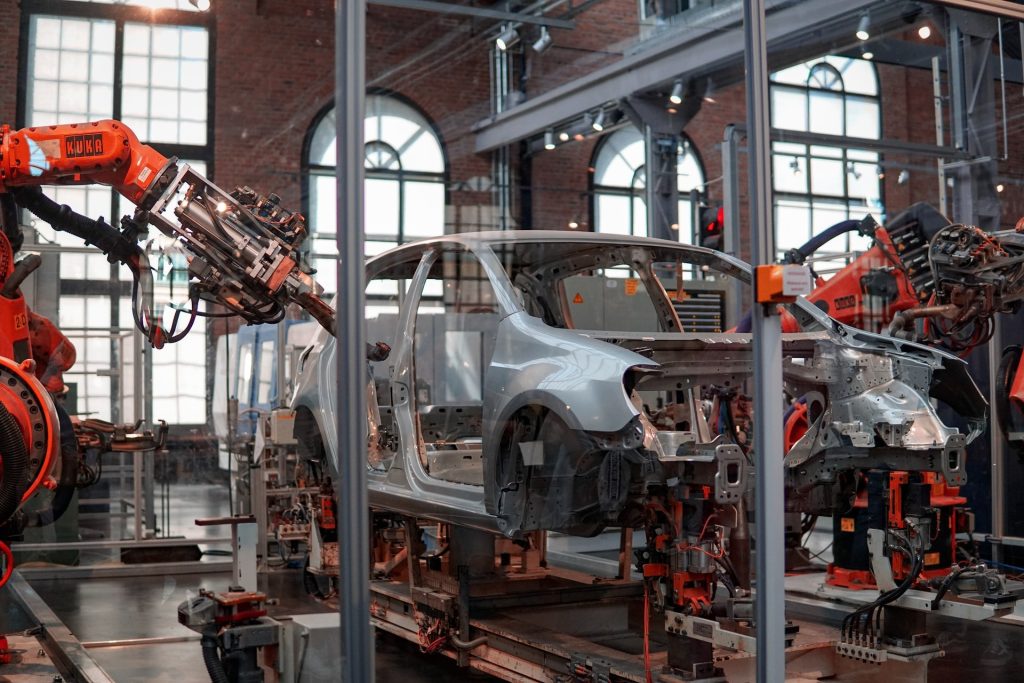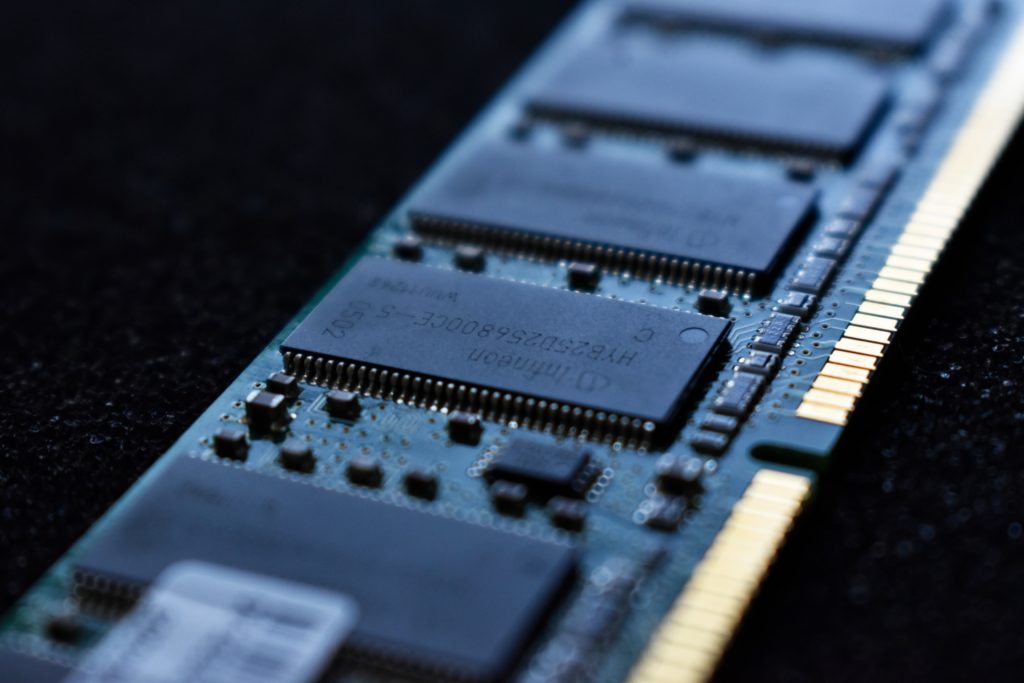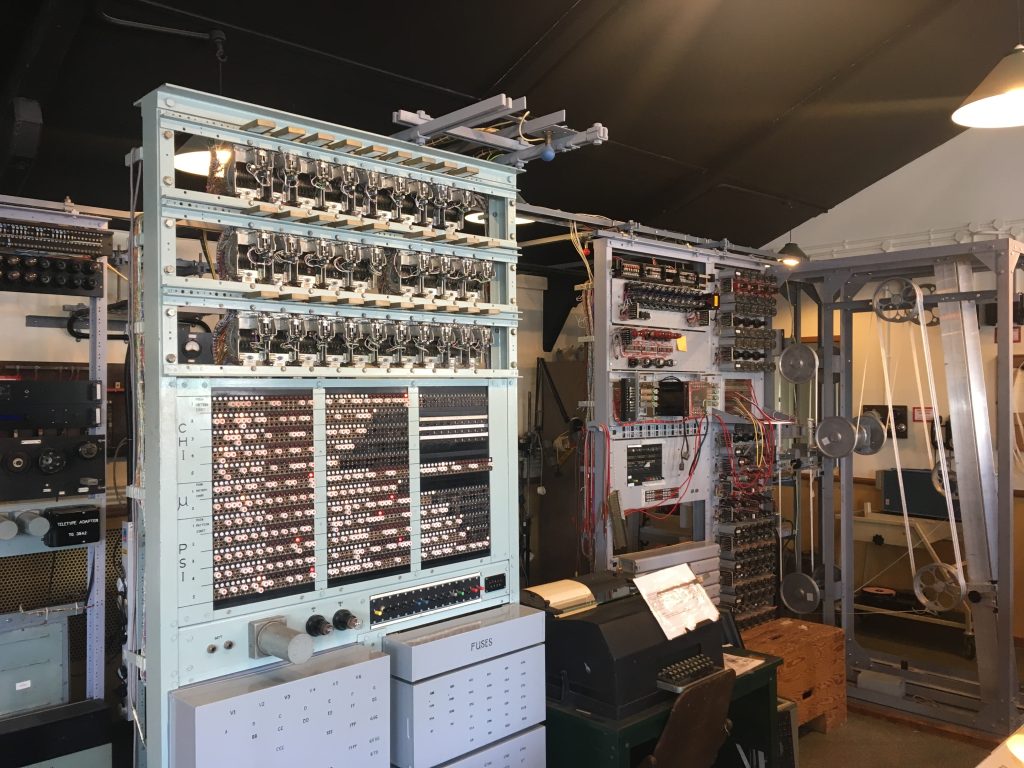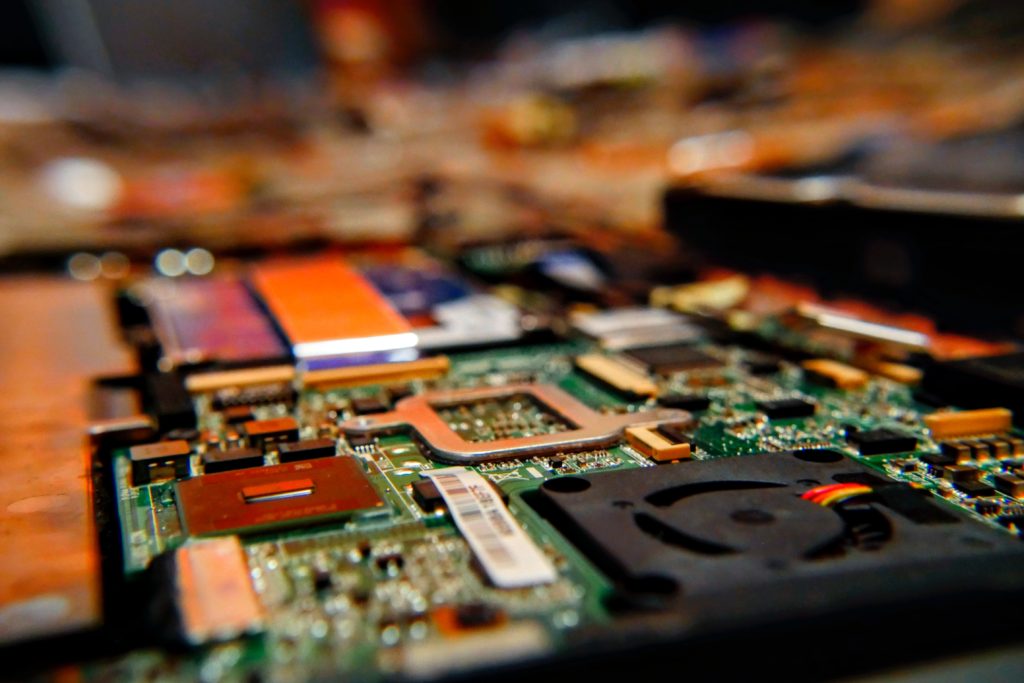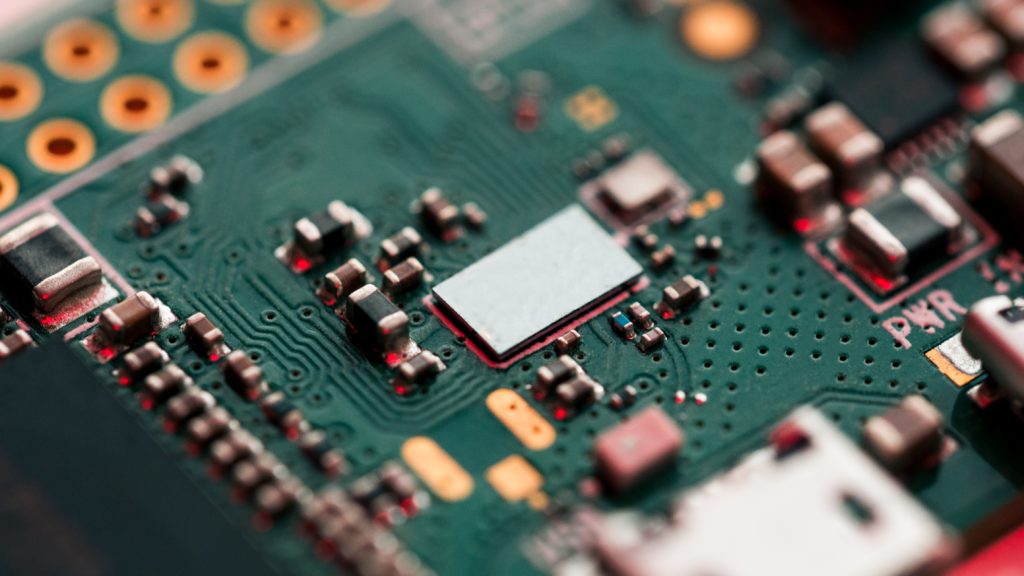Image Generated Using DALL-E
AI Ushering New Era Of Data Centers
As artificial intelligence (AI) incorporates itself into various industries, the demand for more sophisticated computing power is rising. At the core of this technological evolution is the development of semiconductor AI centers, a concept that promises to redefine the future of computing.
This transition is marked by several key projects, such as Microsoft and OpenAI’s ambitious plan to build a supercomputer named “Stargate,” rumored to be one of the most advanced and costly (more than $100 Billion) endeavors in computing history.
Such semiconductor AI centers are about more than just scaling up. They represent a shift towards custom chip designs, aiming to break free from traditional dependencies and push the boundaries of what’s possible with AI.
The implications for the semiconductor industry are profound, signaling a move towards more specialized, efficient, and powerful computing solutions.
How AI-Center Differ From Traditional Data Centers
These specialized AI center facilities provide enhanced computational power and efficiency and will facilitate groundbreaking AI research and application innovations.
Below is a comparison of critical differences between AI-centered and traditional data centers.
| Feature | AI-Centered Data Center | Traditional Data Center |
|---|---|---|
| Computational Power | Customized for AI workloads, equipped with specialized processors (GPUs, TPUs) for high-performance computing. | General-purpose computing, relying on standard CPUs with limited AI optimization. |
| Energy Efficiency | Designed with energy-efficient technologies and cooling systems to manage the high power consumption of AI processing. | Often less efficient in energy use due to older designs and cooling technologies. |
| Scalability | Highly scalable to meet the exponential growth of AI demands, supporting large-scale AI model training and inference. | Scalability is limited by the design and technology of traditional computing and storage systems. |
| Networking | Advanced networking capabilities, including high-bandwidth connections and low-latency networks for AI data processing. | Standard networking setups, which may not support the high-speed data transfers needed for intensive AI tasks. |
| Innovation Focus | Aimed at pioneering AI research and development, pushing forward new AI applications and technologies. | Focused on maintaining operational efficiency and reliability for a broad range of IT services. |
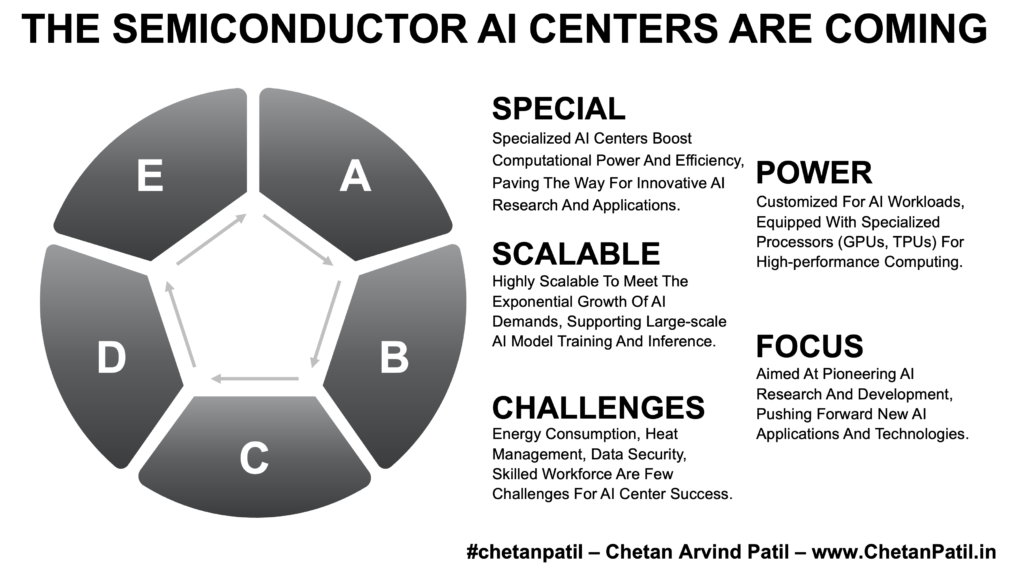
Challenges For AI-Centers
However, with the benefits comes the challenges, and addressing these challenges is crucial for leveraging AI’s full potential and ensuring the sustainable growth of AI-centered infrastructures.
Energy Consumption: AI centers consume vast amounts of electricity for processing and cooling, posing sustainability and cost challenges.
Heat Management: The high-performance computing units generate significant heat, requiring advanced cooling solutions.
Data Security: Protecting the massive data pools processed and stored in AI centers from breaches and attacks.
Skilled Workforce: There is a high demand for professionals with expertise in AI, machine learning, and data center management.
Technology Advancement: Keeping up with the rapid pace of AI and computing (mainly silicon) technology advancements to remain competitive.
Near-Term Roadmap Of AI-Centers
The near-term roadmap for AI centers will address scalability, energy efficiency, and computational challenges to meet the growing demands of AI applications.
Priorities include integrating advanced cooling technologies, developing sustainable energy sources, and adopting next-generation computing architectures.
These efforts will enhance AI model training and deployment capabilities while minimizing environmental impact and operational costs.
Nevertheless, the development of the AI center promises to enhance AI computational capabilities and open new avenues for innovation across industries, heralding a new era of technological advancement.


